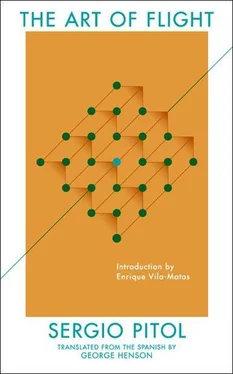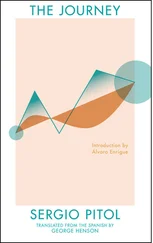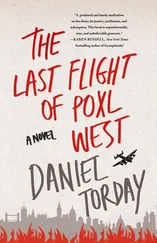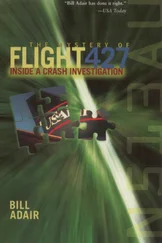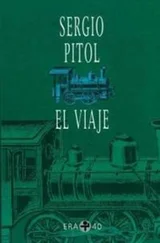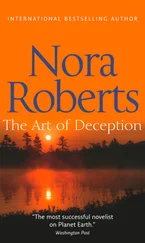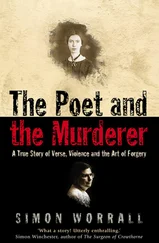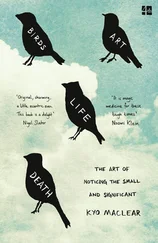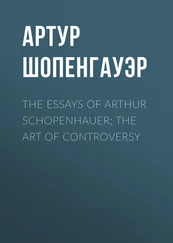As the mist concealed my view of palaces, piazzas, and bridges, my happiness grew. I walked so long that even now I have the impression that the day encompassed a multitude of days. As I walked, ecstatic, I repeated over and over a phrase from Berenson: “Color is the greatest gift the Venetians have given us,” words I remembered having read at the beginning of The Venetian Painters of the Renaissance . I return to the book today to verify the quote and discover that not only had I caused it to lose its nuance but I had also deformed and contracted it, as no doubt happened with everything I discovered in Venice during that first encounter. Berenson writes: “Their mastery over colour is the first thing that attracts most people to the painters of Venice. Their colouring not only gives direct pleasure to the eye, but acts like music upon the moods, stimulating thought and memory in much the same way as a work by a great composer.” By shortening the quote I was attempting to approximate its meaning. Yes, color — that predominant gray I perceived, with backgrounds of ochre, sienna reds, bottle greens, and constant golds — not only became a source of pleasure for my weary eyes, it also stimulated my mind, my imagination, and my memory in an extraordinary way.
As I entered San Marco, the vastness of the space overwhelmed me. For a while I followed a group to whom a tour guide was explaining in laggard and pedantic French certain characteristics of Byzantine art. In that magnificent space I experienced the day’s only moment of doubt. It was difficult for me to make up my mind whether its grandeur was an obvious sign of the splendor of Byzantium, or a first step toward the aesthetic of Cecile B. DeMille, that titan of Hollywood. During subsequent, more relaxing visits, I concluded, with Solomonic wisdom, that both poetics are interwoven in that glorious basilica in remarkable harmony. I then moved on to a room located in an adjacent palace, where I saw an exhibition of Bosch. It was trial by fire! I had to look at the paintings from a considerable distance, which for me meant stumbling into total darkness. Had my knowledge of modern art been less rudimentary, I would have been able to compare some of those paintings with Malevich’s famous Black Square or with one of the enormous canvases in black by Rothko, of whose existence of course I was unaware.
I then set off for the Galleria. I toured its rooms overflowing with wonders: Giorgione, Bellini, Titian, Tintoretto, Veronese, and Carpaccio: the immense legacy of form and color that Venice has bequeathed to the world. I cannot remember if I followed a group, as I did in San Marco, or whether I relied on my guidebook, pausing before some of the paintings. Afterward, I become lost. All I know is that I walked aimlessly for several hours, wandered down countless streets, crossed the great Rialto Bridge several times, and other less majestic ones, even some in ruins that crossed the small canals in less affluent neighborhoods. I boarded the vaporetto on several occasions and continued moving; I drank another coffee at the Florian and ate gloriously in a trattoria I happened upon by accident. As I walked, I became lost from time to time in my tiny guidebook. I tried to find Palladio’s buildings, those spaces that Hofmannsthal considered more worthy of being inhabited by gods than by men; I did not know then that outside of two or three churches the rest of his work is located on dry land, in Vicenza specifically. I thought I had found the Palazzo Mocenigo where Byron lived two years of scandalous orgies and prolific creation; the Palazzo Vendramin where Wagner lodged, and that other one where Henry James took an apartment in order to write The Aspern Papers. I began to imagine which one belonged to Juliana Bordereau, the centenarian protagonist who guards the much coveted papers, and the house where Robert Browning died, and the one where Alma Mahler attended to her daughter’s deathbed, and the one where Schnitzler’s daughter committed suicide just days after marrying. The very name of the city links the annals of love with moments of death. It is no wonder that one of the great titles of literature is Death in Venice . I saw towers, battlements, and balconies. I saw pointed arches and columns, bronze horses and marble lions. I heard Italian and German and French spoken all around me, as well as the Venetian dialect, peppered with words from Old Castilian, which once upon a time my ancestors must have spoken in those narrow streets. I paused in front of the Teatro La Fenice, whose splendid interior I had just seen in a movie by Visconti. In the vestibule, a large poster by Picasso announced a recent performance by the Berliner Ensemble: Mutter Courage .
That night, as I boarded my train, I felt as though I knew Venice like the back of my hand. What a poor naïve devil! Fatigue was getting the best of me; all of the sudden I began to feel the incredible effort I had exerted that day: my eyes, my temples, the back of my neck, my joints all hurt. I struggled to open my suitcase to take out my pajamas. The first thing I pulled out was a jacket; I felt my glasses in one of the pockets. The miracle had been completed: I had crossed the threshold, the steel blue egg of Leda was beginning to hatch, and opposites were uniting at the bottom of tombs. Where was all this esoteric logorrhea coming from? I did not finish putting on my pajamas. I remembered a line from the end of To the Lighthouse : “Yes, I have had my vision,” and I fell asleep. I repeated it again in the morning as I woke up, when the train was about to arrive in Rome.
PAST AND PRESENT
The year was 1965. I had been living in Warsaw for two years. One day the postman handed me a letter from Vence, a village in the South of France. It was signed by Witold Gombrowicz. Could it be a joke? I could scarcely believe it was real. I showed it to some Polish friends, and they were stunned. A young Mexican who was living in Warsaw had just received a letter from Gombrowicz! It couldn’t be! It was impossible! I nodded, ecstatic. “Like everything in Gombrowicz’s life,” I told myself.
He explained in the letter that someone had given him the Spanish translation of The Gates of Paradise by Jerzy Andrzejewski, which I had done, and that he found it satisfactory. So he invited me to collaborate with him on the translation of his Argentine Diary , which the publishing house Sudamericana was to publish in Buenos Aires. It was the beginning of a significant improvement in my living conditions. Suddenly, I began to receive offers from various places. The sources of my income were Joaquín Mortiz at Ediciones Era and the Universidad Veracruzana Press in Mexico; Seix Barral and Planeta in Barcelona; and Sudamericana in Buenos Aires. Until then, I had only managed to place a few translations here and there. From that moment on, in just three or four hours a day, I managed to earn a regular income that in Poland in those days was a tidy little sum. In addition to Polish literature, I was receiving offers to translate Italian and English authors. For the next six or seven years I worked primarily as a translator; the profession I had begun in Warsaw allowed me to live full-time in Barcelona and part-time in England.
As I recall that time, I do not think that “I was living another life,” as people usually say, but rather that the person I’m talking about was not entirely me; instead, that person was a young Mexican who shared my name and some of my habits and idiosyncrasies.
One of the obvious bonds I share with that young man living in Warsaw is his inordinate love for reading. The freedom he enjoyed then is scarcely visible in his writings, but perhaps it was placed into a reservoir for later use, when, paradoxically, his spirit of freedom had withered. Recalling his irresponsibility, his cheek, his taste for adventure, produces in the writer of these lines a kind of vertigo.
Читать дальше
